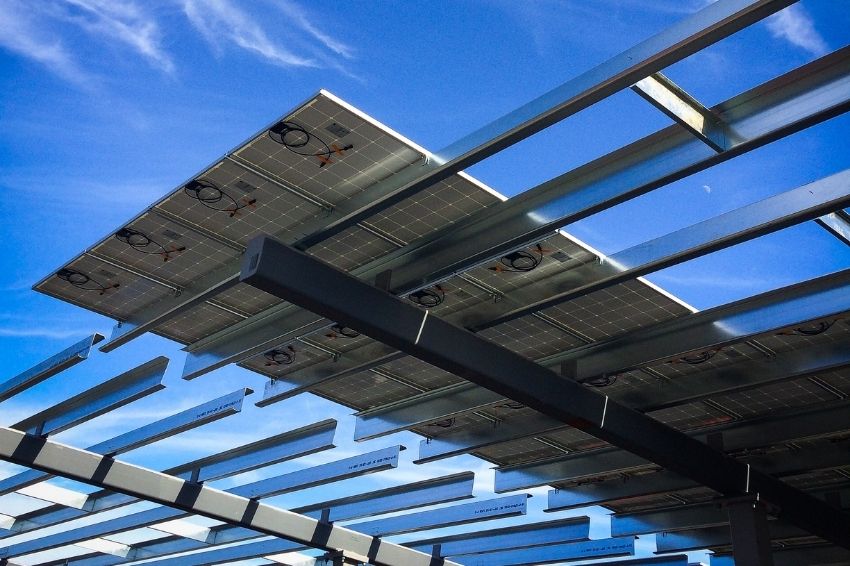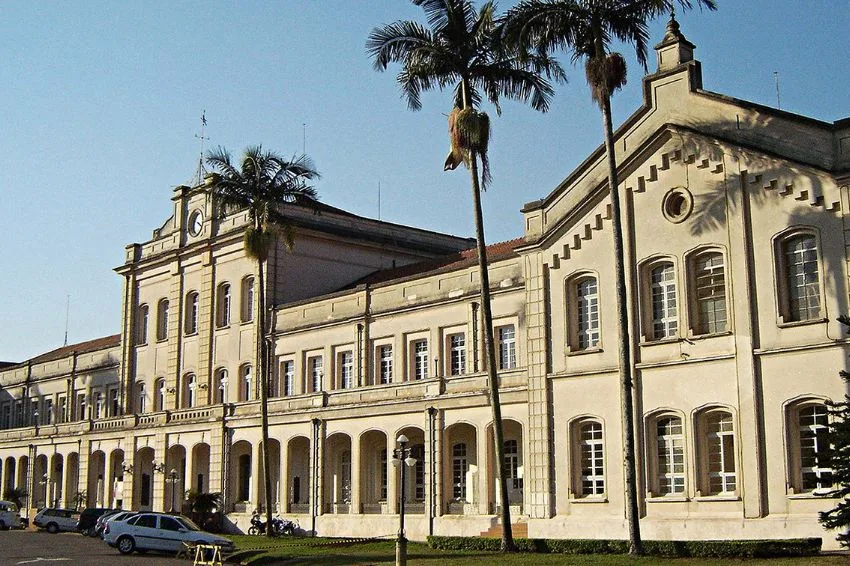According to data from ANEEL (National Electric Energy Agency), Brazil currently has around 570 thousand photovoltaic systems.
In total, approximately 5,500 municipalities in the country already have DG (distributed generation) systems.
In fact, this month the country surpassed the historic mark of 10 GW of operating power from solar sources, including large plants and DG systems installed on roofs and land.
There is no doubt that this clean and renewable source is growing and bringing increasingly more economic and environmental benefits. However, one point that stands out is when we add solar panels and their fixing structures to roofs.
In this case, we may be adding overhead and effort that they are not prepared for.
Amid this scenario, what should be the biggest points of concern for installers and integrators of photovoltaic systems?
Reinaldo Burcon, industrial development engineer at Romagnole, commented that for structures parallel to the roof, with a small distance from the tiles, in most cases there are no additional aerodynamic efforts, just the weight of the structure itself.
“For residential projects, assuming this first hypothesis, we will hardly need additional reinforcements, as the increase coefficients applied by the engineer [who designed the roof] will already include this. If installations are made that are not parallel to the roof (angle compensation), we will have additional aerodynamic efforts”, he pointed out.
“In this situation, it will almost certainly be necessary to add more rigidity to the rafter and beam structure”, highlighted the specialist. Also according to Burcon, with regard to photovoltaic systems that will be installed in industrial warehouses, especially those with low human occupancy (which require lower magnification coefficients), it is almost certain that, regardless of the type of structure, structural reinforcement will be necessary.
“In all cases, an assessment by a structural engineer is necessary, with the final say on whether or not additional reinforcement is necessary,” added Burcon.
More reviews
According to Rafael Santos, business developer in the commercial department at Asellus, prior structural analysis of metal roofs is necessary in all projects in which the client does not have a calculation sheet for the roof or shed.
“Medium and small commercial warehouses are common where the client does not have structural designs, and are most often built and expanded based on the experience of metalworks – and this greatly increases the risk of overload accidents. Sometimes accidents occur without even the load of panels, that is, only with wind overload”, he explained.
Read more: NBR 6123 will be changed to integrate photovoltaic structures
In Santos' view, prior analysis by a structural engineer based on ABNT standards is crucial before installing photovoltaic systems. “This analysis must contain overload calculations to know whether the scissors, columns and purlins can support the extra weight. If they cannot support it, the calculation will indicate which improvements should be made before installing the photovoltaic system.”
“When the customer objects to making improvements, the most prudent thing to do is to decline the supply or look for another alternative location. It is better to be red beforehand than to be yellow later, because when the accident happens, no one can find the 'father of the child'”, he concluded.
Cost of structural reinforcement
To help illustrate the value of structural reinforcement, Geovani Magalhães, CEO of Mega Solar, checked out three of the company's projects. “The price of the structure to reinforce the roof was up to 5% of the contract value. For example, a project costing R$ 500 thousand on a roof, the person spent a maximum of R$ 25 thousand”.
The Asselus executive also discussed costs and said it was difficult to predict, because each case differs from the other. “However, it is more viable to adjust what is necessary than to pay to see it. The loss is doubled.”
Magalhães shares the idea and emphasized the need to analyze the structure in all cases. “You can’t do it on an eye meter and say: the structure is good, it can handle it. There has to be a report. Today we don't work without it. It is very dangerous, we know that there are a lot of bad structural calculations”.

















5 Responses
I have been working with this type of verification for many years. If you are interested in the subject, I have more information in the article.
https://www.linkedin.com/pulse/an%C3%A1lise-de-estrutura-faz-bem-ao-bolso-e-sono-silvio-pariz
Excellent approach. There is no point in taking a shortcut and having to pay for maintenance and repairs.
Your article is excellent and very enlightening, Dr.Mateus Badra, By the way, are you related to the Architect Dr Miguel Badra?
I think the calculation is not correct. Well over 25 thousand is spent on structure. I believe the cost can reach up to 20% and not 5%.
Sales Manager at WattSolar-; Santa Maria RS.
To carry out the calculation, Geovani Magalhães, CEO of Mega Solar, informed that in the projects that had reinforcements, mentioned in the interviews, he took the value of the NF of the service provider that carried out the reinforcement and percentaged it over the sale and it came to around 5% of the value of the plant sold. He also said that the value will also depend on the condition of the roof, as there may be roofs that need to be redone 100%.